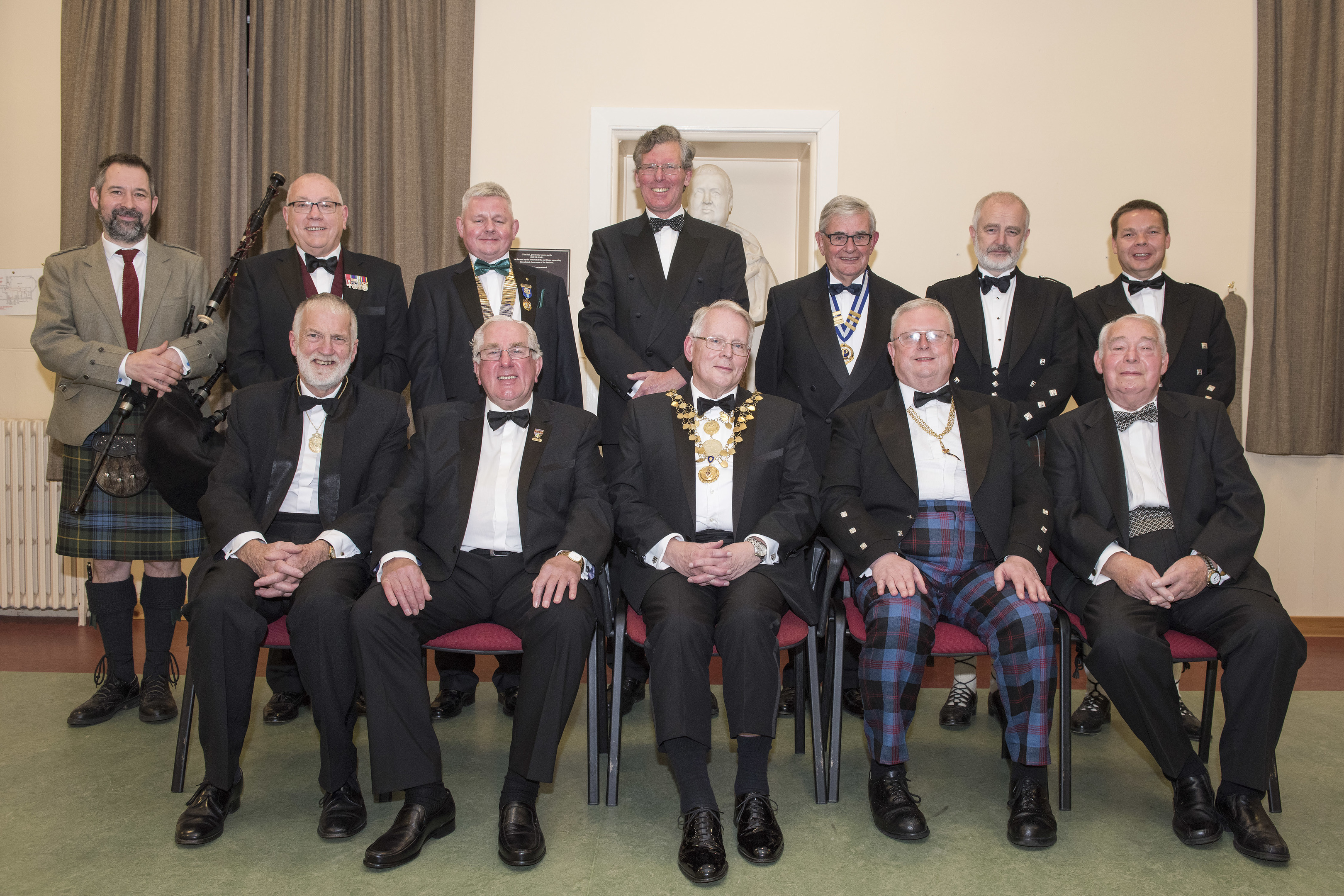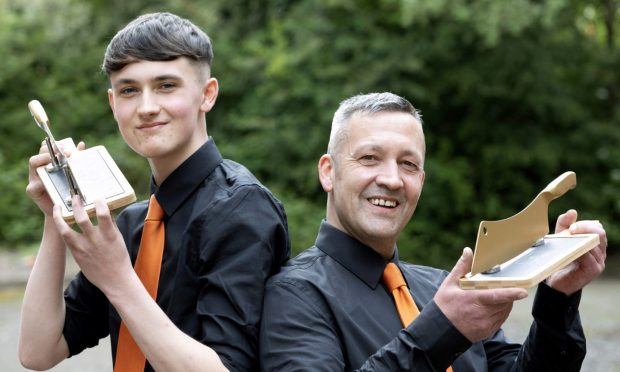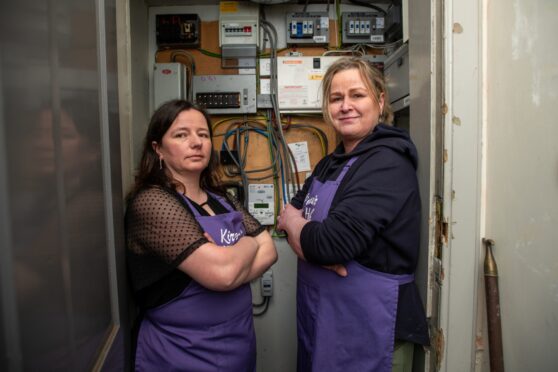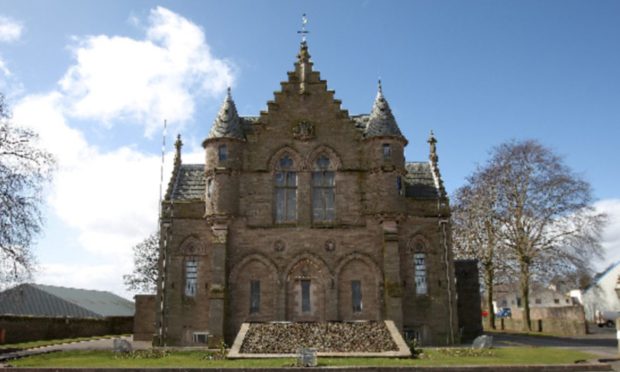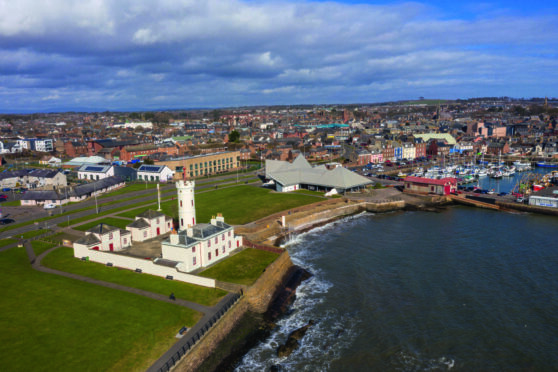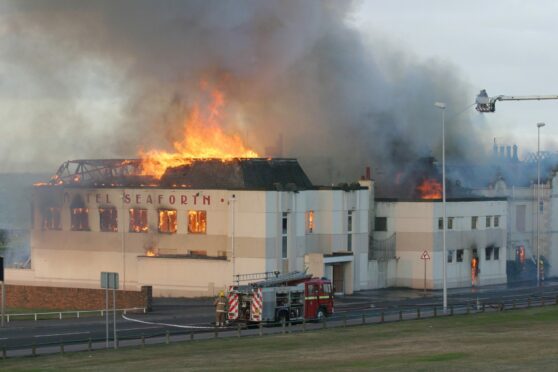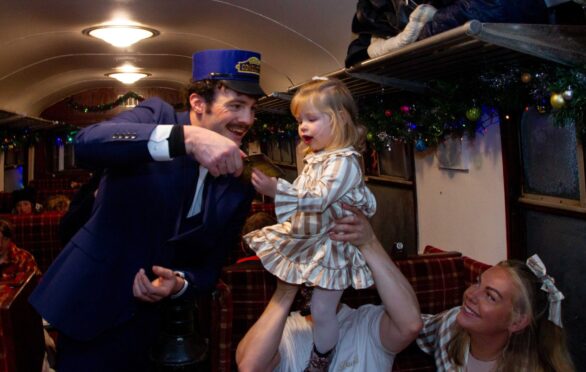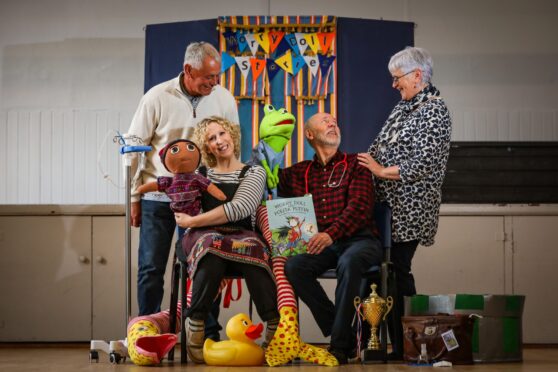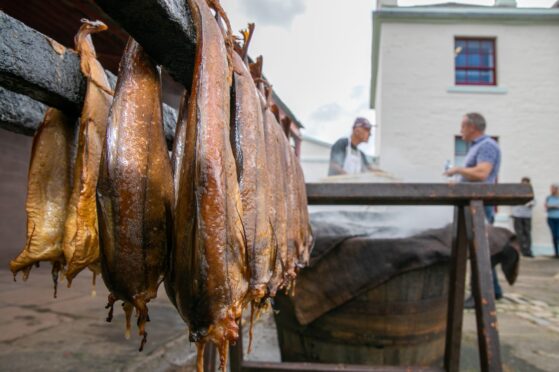The incorporation of one of the most historic organisations in Angus has been celebrated at a gathering in Brechin.
The event saw a large company mark the 350th anniversary of Brechin Guildry, which continues to play an important 21st century role beyond its original founding ambitions of “advancing the interests of merchandising” in the historic burgh.
The current Dean of Guild, Dr Stanley Callaghan, welcomed some 90 Guildrymen and guests to the Mechanics’ Institute dinner, where Dr Joseph J Morrow, QC, Lord Lyon King of Arms, proposed the toast to The City and Trades of Brechin, with the reply by Guildryman Bruce Robertson.
The toast to the Guildry was given by Jim Brown, with Dr Callaghan replying and Guild clerk Tim Ambrose proposed the toast to the guests, with a reply from Arbroath Dean of Guildry Ian Ballantyne.
The final toast of the evening was to The Dean, proposed by Guild fiscal David Howson, Guild Fiscal.
What became the Guildry Incorporation of Brechin was formed in 1629 by “a number of merchants and maltmen” within the burgh, ahead of an eventful period which, in the summer of 1645, saw the Marquis of Montrose and his troops occupy Brechin, plunder the city, and burn half of it to the ground.
Within two years, Brechin was plunged into the horrors of the “noisome plague of pestilence” when perhaps two-thirds of its inhabitants perished.
Through those turbulent times, the Merchants’ Society survived and even flourished. Entry to the Guildry then cost the son of a Guildryman one merk, (13s 4d), and if a merchant married the daughter of a Guildryman, the entry fee was four pounds Scots, but strangers were to pay “ten pounds Scots at least”.
The Merchants also had rights to a majority of seats on the Town Council, from which the Dean of Guild would be chosen.
In 1846, an Act was passed “for the Abolition of the Exclusive Privilege of trading in Scotland”.
Although the merchants and the trades, including the hammermen, glovers, shoemakers, baxters, weavers and tailors, later allied together, and they both flourished for a couple of centuries, it is the Guildry that has survived to celebrate its 350th Anniversary.
Its ancient functions may have lapsed, but the body has taken an active part in the civic and social life of the community for 350 years and it continues to do so.
Each year, the Dean of the Guildry makes a number of travel awards to young people from Brechin, and the 2016 award winners include two young people currently abroad teaching in China and Guyana, and a recent traveller to Nepal.
The Guildry calendar also includes the kirkin’ ceremony in Brechin Cathedral , attendance at the burgh’s Remembrance Day Service and the annual Mechanics’ Institute dinner in December.
